10 Best Herbal Lotions For Breastfeeding Breast Pain

Herbal lotions can be a natural and soothing option for alleviating breast pain during breastfeeding, offering a gentle alternative to traditional pain relievers.
These lotions often contain ingredients like calendula, chamomile, and lavender, which are known for their anti-inflammatory and calming properties. When applied to the affected area, they can help reduce swelling, redness, and discomfort associated with mastitis or engorgement. However, it is important to consult with a healthcare provider before using any herbal products to ensure they are safe for both mother and baby.
Proper application, such as using a clean cloth and avoiding direct contact with the nipple, can enhance their effectiveness and minimize potential irritation.
FREE Herb Drying Checklist
How to make sure every batch retains maximum flavor, color, and aroma without the risk of mold or over-drying. Eliminate guesswork and trial-and-error, making herb drying faster, easier, and more efficient every time.
Table of Contents
1. Matricaria chamomilla
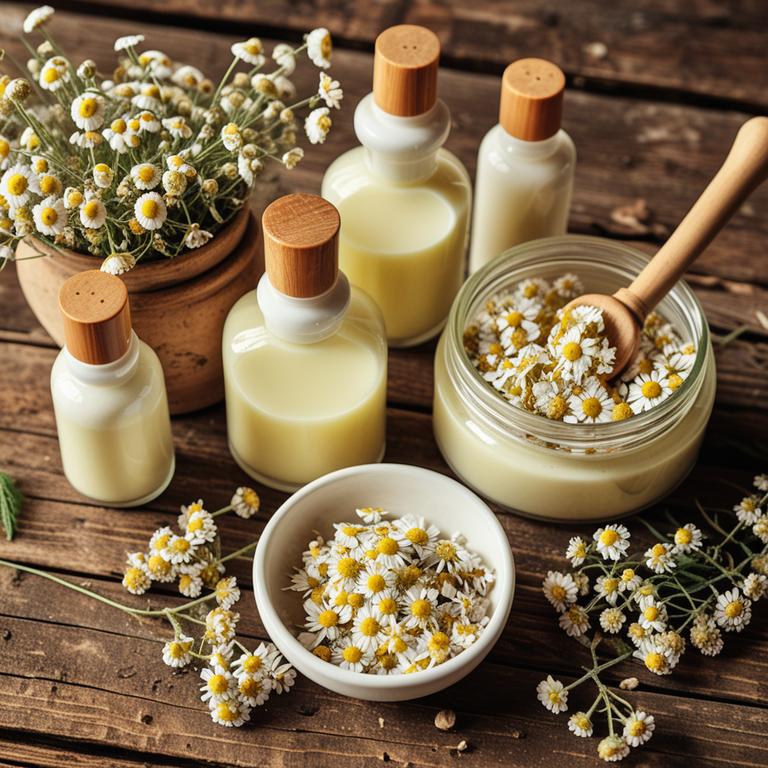
Matricaria chamomilla, commonly known as chamomile, is often used in herbal lotions to alleviate breast pain experienced by breastfeeding mothers.
These lotions typically contain chamomile extract, which is known for its anti-inflammatory and soothing properties. Applying a chamomile lotion to the affected area can help reduce swelling, redness, and discomfort associated with mastitis or engorgement. Many breastfeeding women find relief from using these natural remedies as they are generally safe and gentle on sensitive skin.
However, it is advisable to consult with a healthcare provider before using any herbal products to ensure they are appropriate for individual health conditions.
2. Hypericum perforatum
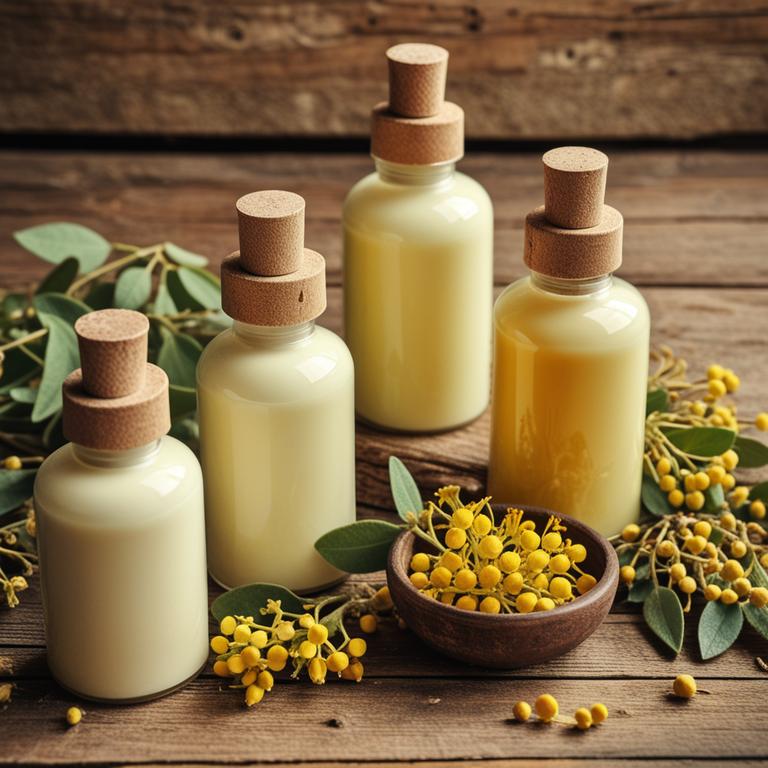
Hypericum perforatum, commonly known as St. John's Wort, is a herbal remedy that has been traditionally used for its potential anti-inflammatory and analgesic properties.
When formulated into a topical lotion, it may provide relief for breastfeeding mothers experiencing breast pain, such as mastitis or engorgement. However, it is important to note that St. John's Wort can interact with certain medications, including those used by breastfeeding mothers, so caution is advised. Before using any herbal lotion, it is recommended to consult with a healthcare provider to ensure safety for both the mother and the baby.
While some studies suggest possible benefits, more research is needed to fully understand its efficacy and safety in this specific context.
3. Urtica dioica
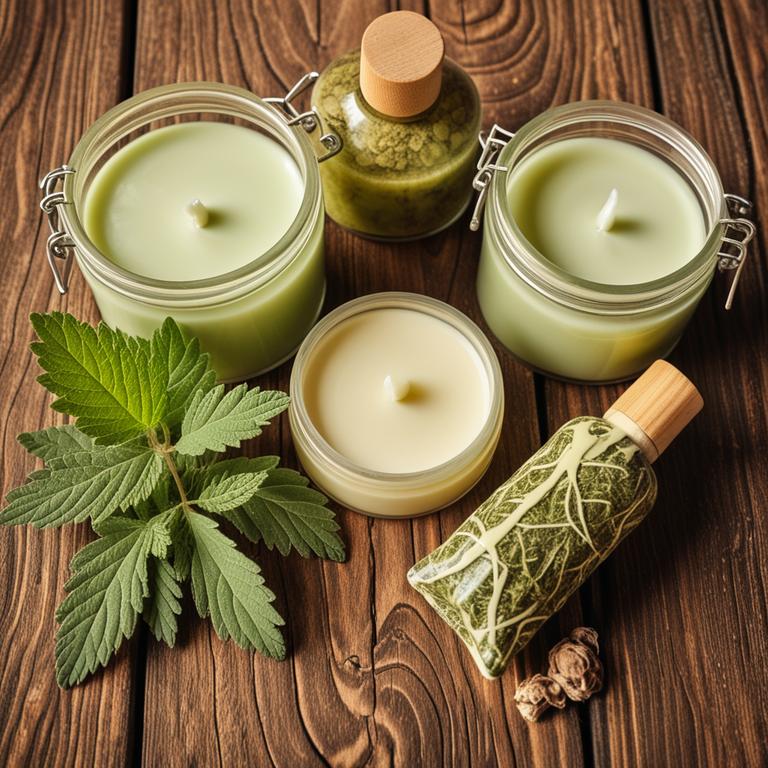
Urtica dioica, commonly known as stinging nettle, is a herbal remedy that has been used traditionally to alleviate breast pain during breastfeeding.
When formulated into a lotion, it may help reduce inflammation and soothe soreness in the breasts by leveraging its anti-inflammatory and analgesic properties. The lotion can be applied directly to the affected areas, offering a natural alternative for mothers seeking relief without harsh chemicals. However, it is important to ensure that the product is free from irritants and is suitable for sensitive skin.
As with any herbal remedy, consulting a healthcare provider before use is recommended to ensure safety and effectiveness.
4. Rosa canina
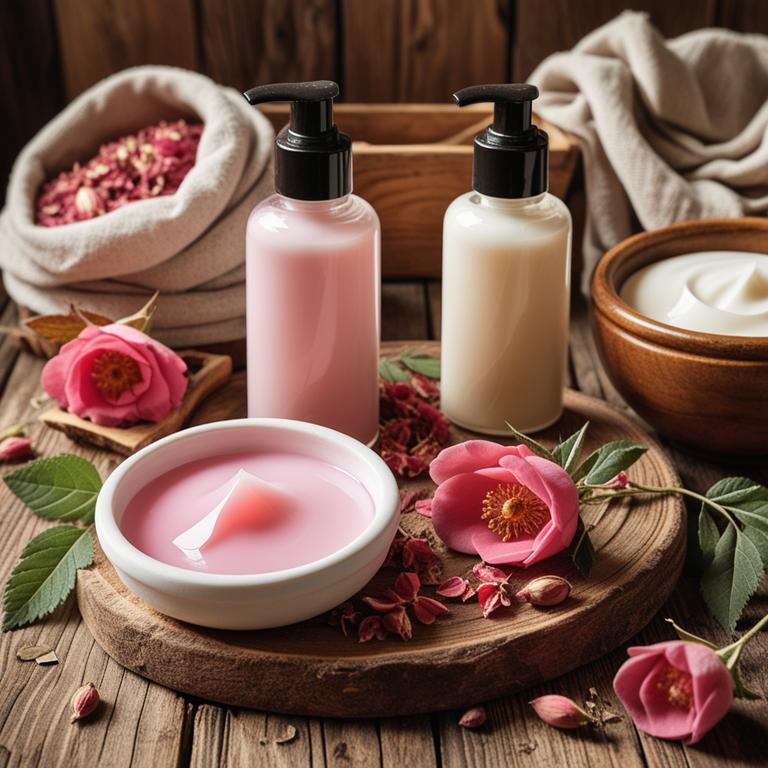
Rosa canina, also known as rosehip, is a popular herbal ingredient known for its anti-inflammatory and regenerative properties, making it a valuable component in herbal lotions for breastfeeding-related breast pain.
These lotions often contain cold-pressed rosehip oil, which is rich in essential fatty acids and antioxidants that help to soothe and heal irritated breast tissue. When applied topically, rosa canina lotions can reduce redness, swelling, and discomfort associated with mastitis or engorgement, common issues during breastfeeding. Many mothers find these natural remedies to be a gentle and effective alternative to conventional treatments, especially when seeking non-pharmacological options.
However, it is advisable to consult with a healthcare provider before using any herbal products to ensure safety and suitability for both mother and baby.
5. Symphytum officinale
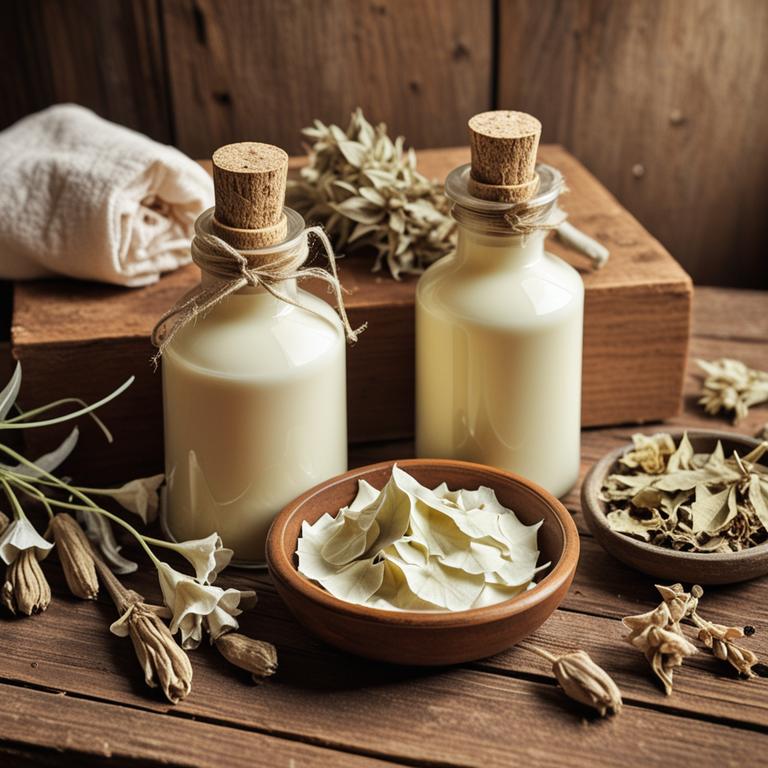
Symphytum officinale, commonly known as comfrey, is a herbal plant traditionally used to support the healing of wounds and inflammation.
While some herbal lotions containing comfrey may offer soothing properties for breast pain during breastfeeding, it is important to note that the plant contains pyrrolizidine alkaloids, which can be toxic to the liver, especially when absorbed through the skin. Due to these potential risks, many healthcare professionals advise against the use of comfrey-based products during breastfeeding. Instead, safer alternatives such as cabbage leaf compresses or gentle massage with organic oils are often recommended to alleviate breast discomfort.
Always consult a healthcare provider before using any herbal remedy while nursing to ensure the safety of both mother and baby.
6. Echinacea purpurea
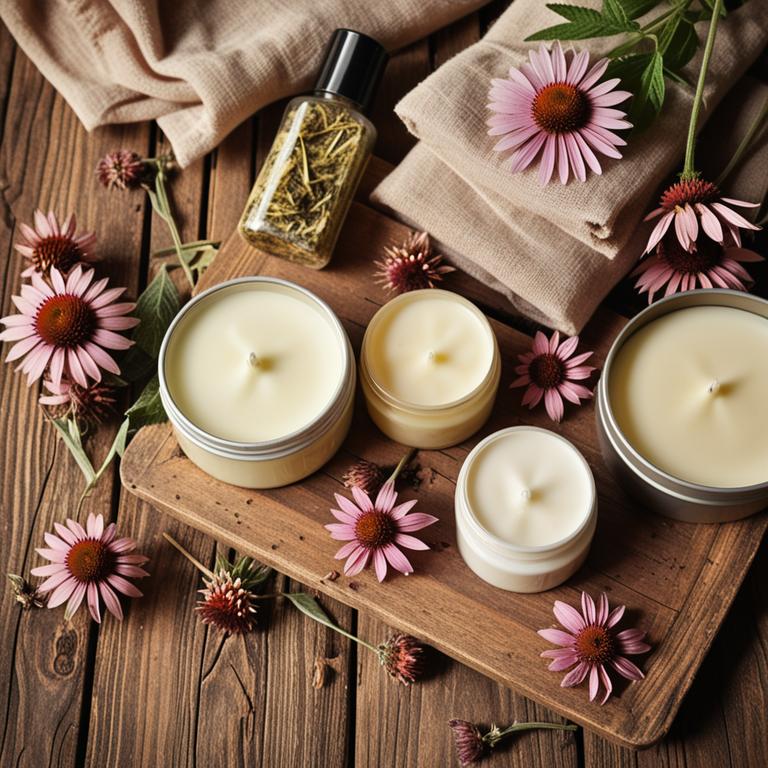
Echinacea purpurea herbal lotions are often used by breastfeeding mothers to alleviate breast pain and inflammation associated with conditions like mastitis or engorgement.
These lotions typically contain extracts from the purple coneflower, which is believed to have anti-inflammatory and immune-boosting properties. While some studies suggest that echinacea may help reduce breast pain and improve milk flow, it is important to consult a healthcare provider before use, especially during breastfeeding. The topical application of echinacea lotion can provide a soothing effect without being ingested, making it a safer alternative for some mothers.
However, individual responses may vary, and it should be used as part of a broader approach to managing breast health during lactation.
7. Cnicus benedictus
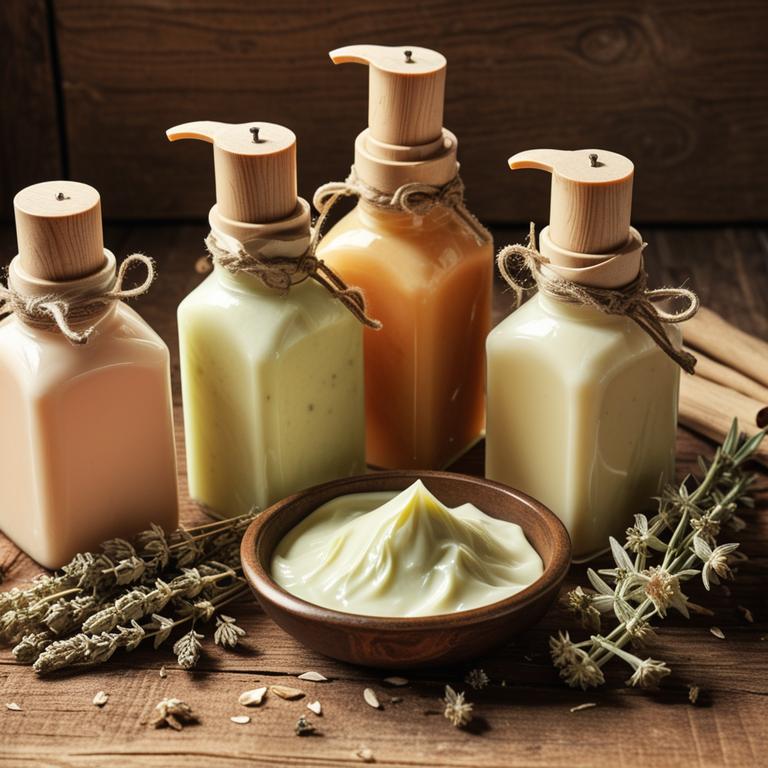
Cnicus benedictus, commonly known as St. Benedict's thistle, is a herbal remedy that has been traditionally used to support lactation and alleviate breast pain in breastfeeding mothers.
Its herbal lotions are formulated with a blend of natural ingredients that may help reduce inflammation and ease discomfort associated with mastitis or engorgement. These lotions are often applied topically to the breasts, providing a soothing effect while promoting milk flow. While some studies suggest potential benefits, it is important for breastfeeding mothers to consult with a healthcare provider before using any herbal products to ensure safety for both mother and baby.
Overall, Cnicus benedictus herbal lotions may offer a gentle, natural approach to managing breast pain during breastfeeding.
8. Lavandula angustifolia
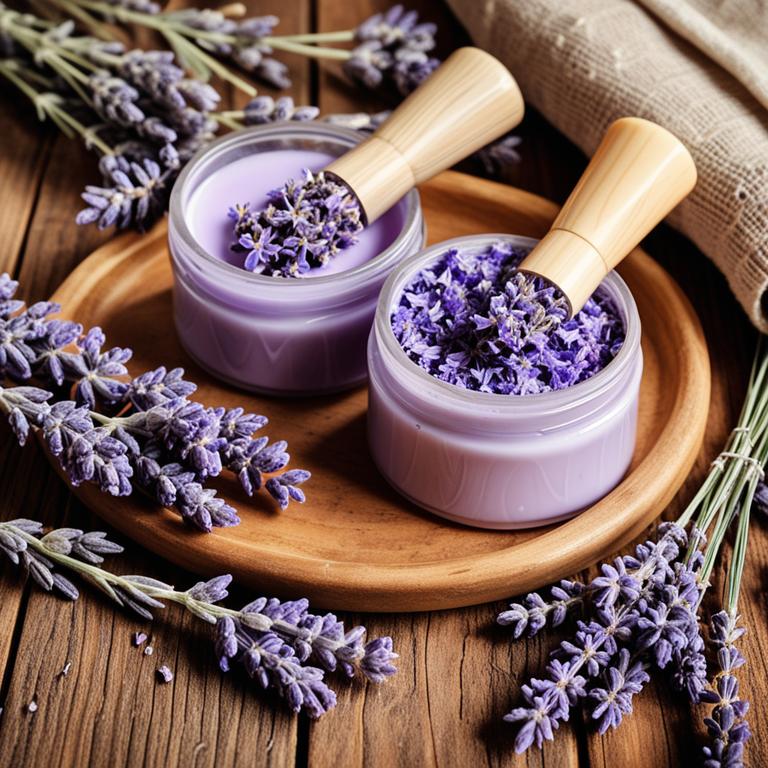
Lavandula angustifolia, commonly known as English lavender, is often used in herbal lotions for its soothing and anti-inflammatory properties.
These lotions can help alleviate breast pain associated with breastfeeding by reducing inflammation and promoting relaxation of the breast tissue. The calming aroma of lavender may also provide psychological relief, helping to ease the stress and discomfort of nursing. When applied topically, lavender-infused lotions can support the healing process and reduce the risk of mastitis.
It is important to consult a healthcare provider before using any herbal remedies, especially while breastfeeding, to ensure safety and effectiveness.
9. Calendula officinalis
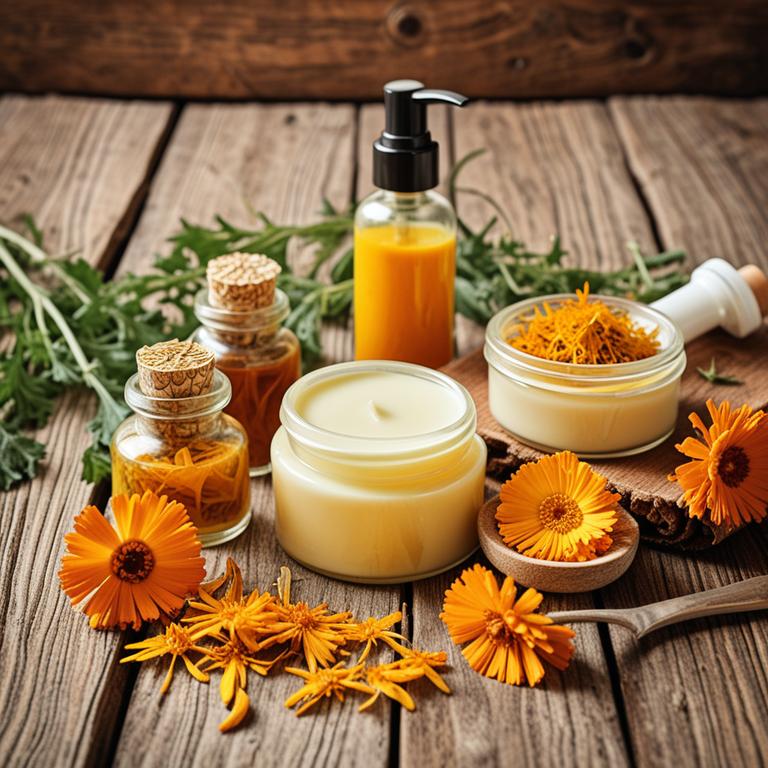
Calendula officinalis herbal lotions are commonly used to alleviate breast pain during breastfeeding due to their anti-inflammatory and soothing properties.
These lotions contain extracts from the dried flowers of the calendula plant, which have been traditionally valued for their ability to reduce redness, swelling, and irritation. When applied topically to the breasts, calendula lotions can help ease discomfort caused by engorgement, mastitis, or nipple soreness. However, it is important to choose a product that is free from harmful additives and to consult a healthcare provider before use, especially if there are any known allergies or sensitivities.
Overall, calendula officinalis lotions offer a natural and gentle option for supporting breast health during the breastfeeding period.
10. Arnica montana
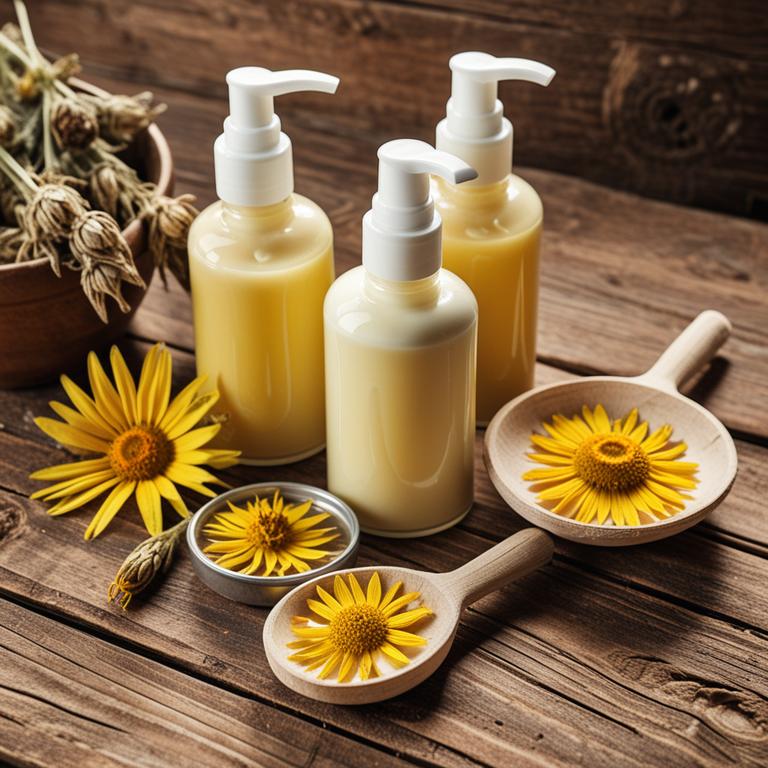
Arnica montana herbal lotions are often used to alleviate breast pain associated with breastfeeding by promoting circulation and reducing inflammation in the affected area.
These topical treatments are typically made from dried arnica leaves and flowers, which contain compounds believed to have anti-inflammatory and analgesic properties. While arnica is generally considered safe for external use, it is important to consult a healthcare provider before applying it to the breast, especially if there is any concern about skin sensitivity or potential absorption through the skin. Some studies suggest that arnica may help reduce swelling and discomfort from mastitis or engorgement, though more research is needed to confirm its efficacy in this specific context.
As with any herbal remedy, it is advisable to use arnica montana lotions cautiously and in accordance with professional guidance during breastfeeding.